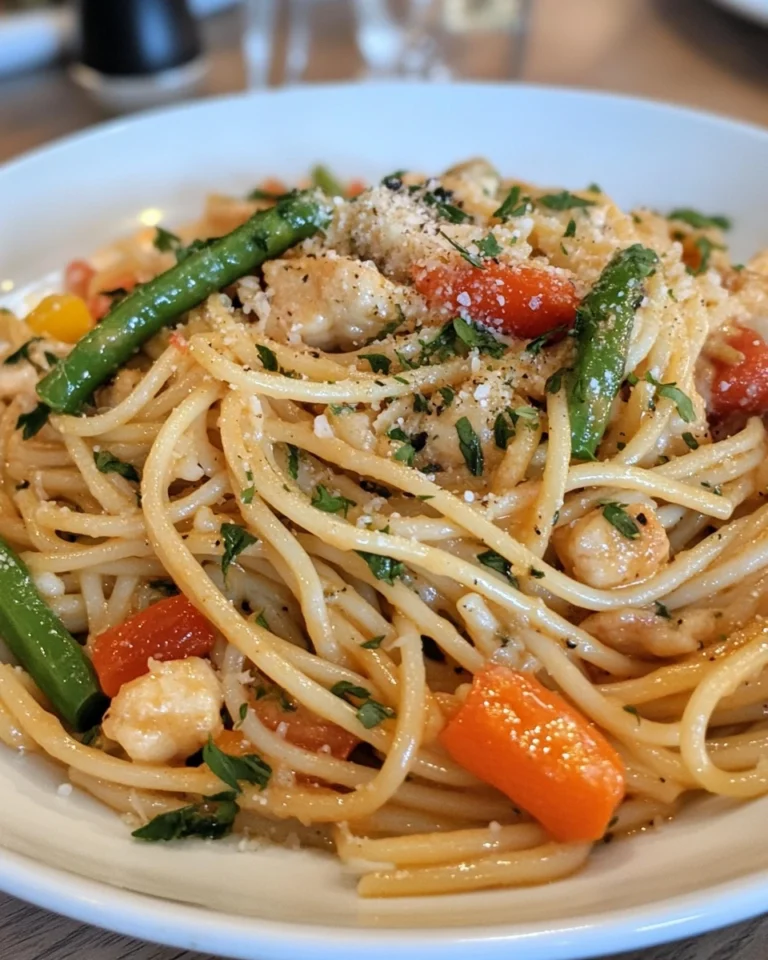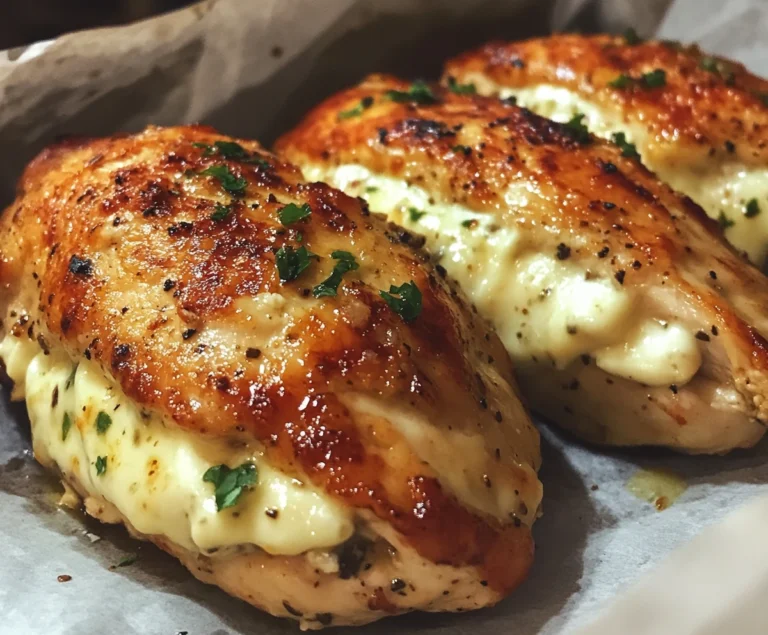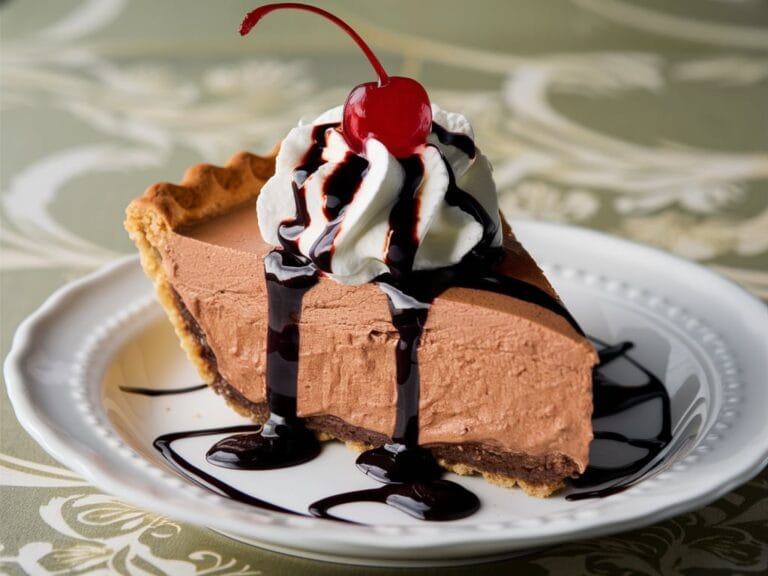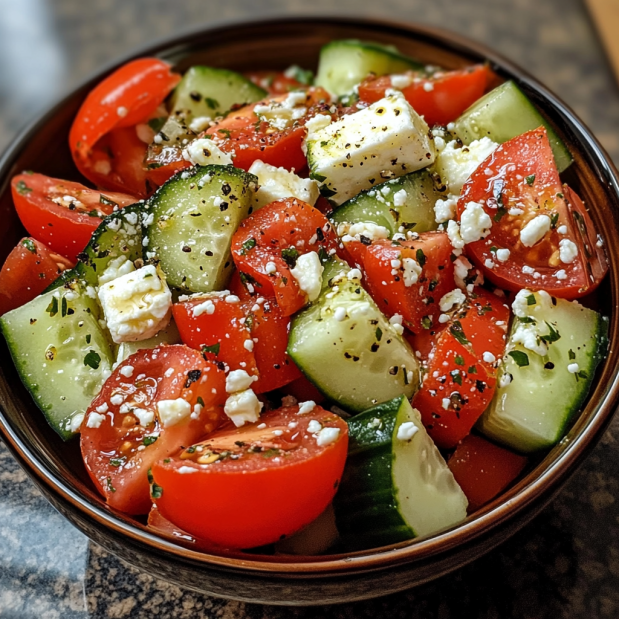Should Pasta Salad Be Served Cold?
Pasta salad offers versatility, ease of preparation, and plenty of room for creativity. Whether you’re preparing a light, refreshing side for a summer picnic or a hearty meal for a family dinner, pasta salad adapts well to almost any occasion. A common debate, however, revolves around how it should be served: should <em>pasta salad be served cold as tradition suggests, or is there merit in serving it warm? This article will explore the origins, variations, and best practices for pasta salad, weighing the pros and cons of serving it cold or warm. By the end, you’ll be equipped with the knowledge to prepare the perfect pasta salad for your next event.
A Brief History of Pasta Salad
Pasta salad, in its simplest form, combines pasta, vegetables, and dressing. However, the roots of this dish extend much deeper, particularly into ancient Mediterranean cuisine. The idea of mixing pasta with oils, herbs, and vegetables dates back centuries, with variations of this dish emerging in cultures across Europe, particularly Italy and Greece.
Italian Influence
Italy, known for its rich pasta tradition, played a key role in developing cold pasta dishes. Italians have long enjoyed cold pasta, especially in the form of pasta fredda, which incorporates fresh vegetables, herbs, and olive oil. This dish was typically made during the warmer months and was a staple in many Italian households. Over time, pasta fredda evolved into the modern pasta salad we know today, often featuring ingredients like tomatoes, mozzarella, and basil.
Pasta Salad in the United States
Pasta salad gained popularity in the U.S. during the mid-20th century, especially at potlucks, picnics, and barbecues. Its ability to be prepared ahead of time and served cold made it the perfect option for outdoor gatherings. When people began adding mayonnaise-based dressings, the dish took on new textures and flavors, becoming a staple of American cuisine. Today, you’ll find a wide range of pasta salad variations in delis, restaurants, and homes across the country, from the traditional Italian-style pasta salad to more adventurous creations with global influences.
Why People Serve Pasta Salad Cold
One primary reason for serving pasta salad cold lies in its practicality. Cold pasta salad allows for advance preparation, easy refrigeration, and effortless transportation, making it ideal for picnics and outdoor events. But convenience isn’t the only advantage—serving pasta salad cold enhances its flavor and texture in ways that warm pasta dishes can’t replicate.
Improved Texture
Cold pasta holds its shape better, offering a firmer, more satisfying bite. When served warm, pasta tends to soften and can even become mushy, especially if overcooked. Chilling pasta after cooking helps it firm up, ensuring that it maintains a pleasant, chewy texture when mixed with other ingredients.
Additionally, the cold temperature keeps delicate ingredients like fresh vegetables crisp. Cucumbers, cherry tomatoes, bell peppers, and red onions stay crunchy when mixed with cold pasta, providing a delightful contrast of textures. This textural variety is one of the most appealing aspects of cold pasta salad. The bite of the pasta, combined with the crunch of fresh vegetables, makes for a satisfying dish.
Enhanced Flavor
When you store pasta salad in the refrigerator, the flavors have time to marinate and intensify. The pasta absorbs the vinaigrette or creamy dressing, creating a well-seasoned, flavorful dish. Ingredients like basil, garlic, lemon juice, and parsley need time to infuse the pasta, resulting in a harmonious dish that improves as it chills.
This marination process is crucial, particularly for pasta salads that use fresh herbs, olive oil, and vinegars. The longer these flavors sit, the more they meld together, offering a deep, well-rounded flavor profile that you simply don’t get from warm pasta salads, which often rely on immediate serving.
Perfect for Outdoor Events
Another significant advantage of cold pasta salad is its suitability for outdoor events. Whether it’s a picnic, barbecue, or family gathering, cold pasta salad holds up well in outdoor conditions. It doesn’t spoil as quickly as hot dishes and can remain fresh for several hours. Cold dishes also provide a refreshing contrast to warm or heavy foods typically served at outdoor events, such as grilled meats or hearty casseroles.
Cold pasta salad is particularly popular during summer months when lighter, more refreshing dishes are preferred. A cold pasta salad with lemony vinaigrette or balsamic glaze offers a tangy bite that pairs beautifully with grilled chicken, burgers, or ribs, making it a staple for any summer event.
For other outdoor-friendly side dishes, check out this Mexican cucumber salad recipe. It pairs beautifully with cold pasta salads and is perfect for summer gatherings.
The Case for Serving Pasta Salad Warm
While cold pasta salad is traditional and practical for outdoor events, warm pasta salad has its own unique merits. Serving pasta salad warm introduces new textures and flavors, making it a comforting and hearty option, especially during cooler months.
Added Comfort and Depth of Flavor
Warm pasta salad provides comfort, especially in fall or winter when a cold dish might not satisfy your cravings. The heat helps release the flavors of certain ingredients like roasted vegetables, grilled meats, and hearty spices. For example, pairing roasted butternut squash, sweet potatoes, and bell peppers with pasta creates a warm, filling salad.
Warm pasta dishes tend to feel more substantial, which makes them ideal for heartier meals. Unlike cold pasta salads, which are often served as a side dish, warm pasta salads can easily be the centerpiece of a meal. Adding ingredients like roasted chicken, sautéed mushrooms, or grilled shrimp can transform a warm pasta salad into a full, satisfying meal.
Enhanced Ingredient Flavors
Warm pasta salad allows for ingredients that taste better when heated. Grilled chicken, sautéed mushrooms, and roasted garlic all benefit from warmth, deepening the dish’s flavor. Warmth also helps soften and meld certain ingredients that might not blend as well in a cold dish. Cheeses like parmesan, goat cheese, and feta can melt into the pasta, creating a creamy texture that envelops the other ingredients.
Perfect for Indoor Meals
Warm pasta salad works best for indoor meals or when you want something more substantial. You can serve it as a main course or a side dish. Warm pasta salad shines in colder months, providing a hearty and comforting dish. It’s ideal for a cozy dinner, particularly in autumn or winter when fresh, cold dishes don’t seem as appealing.
Warm pasta salads can be prepared quickly and served immediately, making them a convenient option for weeknight dinners. Whether it’s a casual family meal or a more formal gathering, a warm pasta salad brings flexibility and heartiness to the table.
Texture and Flavor Contrast
The difference between cold and warm pasta salad lies primarily in texture. Cold pasta salad tends to be crisp and refreshing, while warm pasta salad offers a softer, more blended texture. Warm ingredients, such as roasted vegetables and cheese, melt into the pasta, creating a richer, more comforting flavor. The soft, warm pasta contrasts with crunchy ingredients like toasted pine nuts, adding complexity to the dish.
For a warm and rich variation, try this Chicken and Shrimp Alfredo recipe. It’s a creamy, satisfying option that pairs well with warm pasta salad.
Popular Pasta Salad Variations
One of the best things about pasta salad is that it’s highly customizable. Whether you’re aiming for something traditional, something fresh and healthy, or something indulgent, you can always tweak pasta salad to suit your needs. Below are some of the most popular pasta salad variations that you can try at home or find at your local deli.
Italian Pasta Salad
A crowd favorite, Italian pasta salad includes ingredients like penne, fusilli, or rotini, paired with olives, cherry tomatoes, salami, mozzarella cheese, and a tangy Italian dressing. This version bursts with bold, vibrant flavors, with olives and salami adding savory depth, while tomatoes and mozzarella offer a refreshing, creamy contrast.
Italian pasta salad works well for both warm and cold servings. The Italian vinaigrette made from olive oil, red wine vinegar, and Italian herbs gives it a light, tangy flavor that gets even better the longer it sits. Whether you’re packing it for a picnic or serving it fresh from the kitchen, it’s a versatile, flavorful option that’s hard to beat.
Greek Pasta Salad
Greek pasta salad takes inspiration from Mediterranean cuisine. It combines orzo or rotini with cucumbers, red onions, kalamata olives, and feta cheese. Tossed in a lemon-oregano vinaigrette, this salad provides light, tangy flavors balanced by the salty richness of feta.
Greek pasta salad is ideal for those who prefer light, fresh dishes with minimal prep. The lemon vinaigrette adds brightness, while the olives and feta cheese deliver strong, salty flavors. It’s an excellent choice for summer meals or as a side dish to grilled meats.
Creamy Pasta Salad
For those who enjoy richness, creamy pasta salad is a great option. It typically includes mayonnaise or sour cream as a base for the dressing, mixed with pasta, chopped celery, peas, and sometimes ham or chicken. Creamy pasta salad delivers a satisfying, indulgent texture, perfect for potlucks and family gatherings.
Creamy pasta salads are best served cold, as the mayonnaise-based dressing tends to hold up better when chilled. The key to a great creamy pasta salad is balance—too much mayonnaise can overwhelm the flavors, while too little will make the dish dry.
Vegan and Gluten-Free Options
Those with dietary restrictions can still enjoy pasta salad by making it vegan or gluten-free. Vegan pasta salad replaces dairy dressings with vinaigrettes or creamy bases made from cashews, tahini, or avocado. Roasted vegetables, chickpeas, and herbs offer delicious vegan alternatives.
For gluten-free pasta salad, substitute gluten-free pasta made from rice, quinoa, or lentils. These varieties hold up well in both cold and warm pasta salads, providing a tasty alternative for those avoiding gluten.
Key Ingredients for Perfect Pasta Salad
Regardless of the type of pasta salad you choose, certain key ingredients will elevate your dish. These ingredients not only enhance the flavor and texture of the salad but also ensure that it remains fresh and vibrant, whether served cold or warm.
1. Pasta
The type of pasta you choose is critical to the success of your salad. Short, sturdy pastas like penne, fusilli, or orzo work best because they hold their shape and texture when mixed with other ingredients. For a healthier option, try whole grain or gluten-free pasta.
2. Vegetables
Fresh vegetables like cucumbers, cherry tomatoes, bell peppers, and red onions add crunch and color to your pasta salad. Roasted vegetables like zucchini, sweet potatoes, or butternut squash work well for warm salads, adding depth and sweetness.
3. Protein
For a heartier salad, add grilled chicken, shrimp, or salami. Vegan options like chickpeas or tofu are excellent plant-based alternatives. Protein adds substance to the salad, making it a complete meal rather than just a side dish.
4. Dressing
Use light vinaigrettes made from olive oil and vinegar for fresh salads, or creamy dressings made from mayonnaise or yogurt for richer versions. The dressing brings all the ingredients together, so be sure to use high-quality ingredients for maximum flavor.
5. Herbs and Spices
Fresh herbs like basil, parsley, oregano, and dill add brightness and depth to the salad. Season with garlic powder, paprika, and black pepper to enhance the flavors. Fresh herbs are particularly important in cold pasta salads, as they add a pop of flavor that offsets the coldness of the dish.
For more variations and a detailed guide, explore this comprehensive pasta salad recipe.
Proper Storage and Serving Tips
Pasta salad is a great make-ahead dish, but it requires proper storage to maintain its texture and flavor. Below are some best practices for storing and serving pasta salad.
Storing
Store pasta salad in an airtight container in the fridge for up to five days. Be sure to toss the salad with extra dressing before storing it, as pasta can absorb the dressing and become dry over time. If the salad becomes dry, simply add more olive oil or vinaigrette before serving.
Freezing
While you can freeze pasta salad, it’s not recommended, as freezing can compromise the texture of certain ingredients like fresh vegetables. Freezing may also cause the pasta to become mushy when thawed.
Serving
<p>Cold pasta salad can be served directly from the fridge or allowed to sit at room temperature for 15-20 minutes. This allows the flavors to meld and the ingredients to come together. Warm pasta salad should be served immediately after preparation to maintain its texture and temperature.
Conclusion: Cold or Warm – Your Choice
Ultimately, whether you serve your pasta salad cold or warm depends on the occasion and your personal preference. Cold pasta salad provides refreshing flavors and works well for outdoor events, while warm pasta salad offers a comforting, heartier option for indoor meals.
Cold pasta salads are perfect for summer picnics, barbecues, or potlucks. They hold up well in outdoor settings and pair beautifully with grilled meats and sandwiches. The cold temperature allows the vegetables to stay crisp, while the pasta absorbs the dressing, creating a well-balanced and flavorful dish.
On the other hand, warm pasta salads are ideal for cooler months or more formal indoor gatherings. They offer a richer, more comforting texture and allow for ingredients like roasted vegetables, meats, and cheeses to shine. The heat brings out deeper flavors, making warm pasta salads a great option for weeknight dinners or holiday meals.
Experiment with different variations, dressings, and mix-ins to create a pasta salad that suits your taste and the event. Whether you prefer a tangy Italian pasta salad, a hearty creamy pasta salad, or a light Greek pasta salad, there are endless possibilities to explore.
For more recipes and inspiration, check out Aurelia Recipes.







